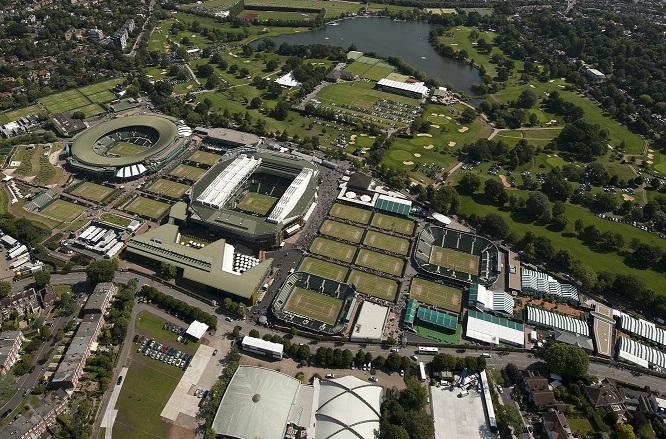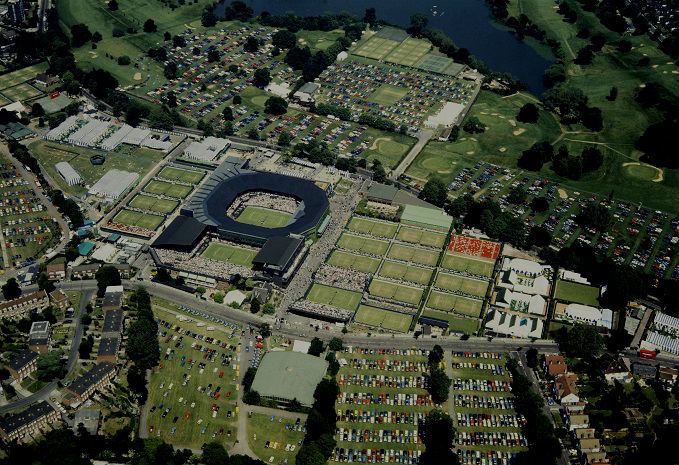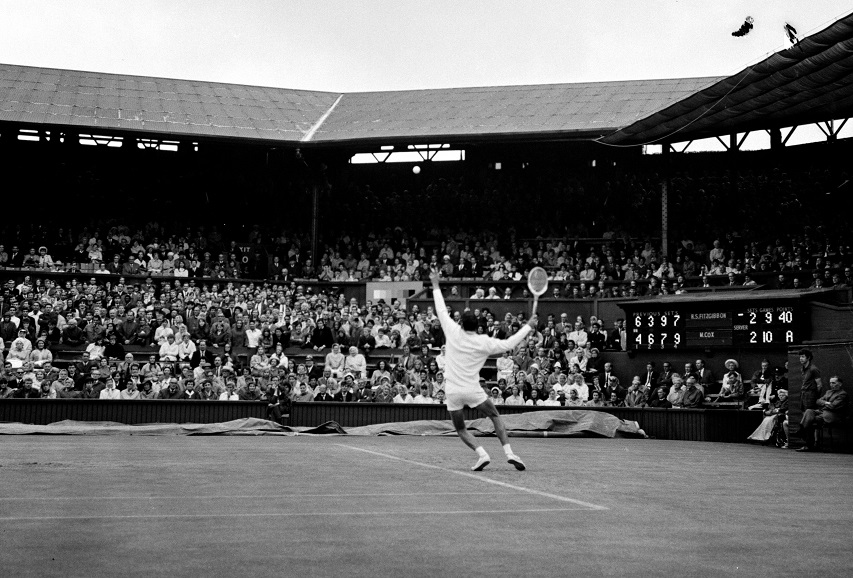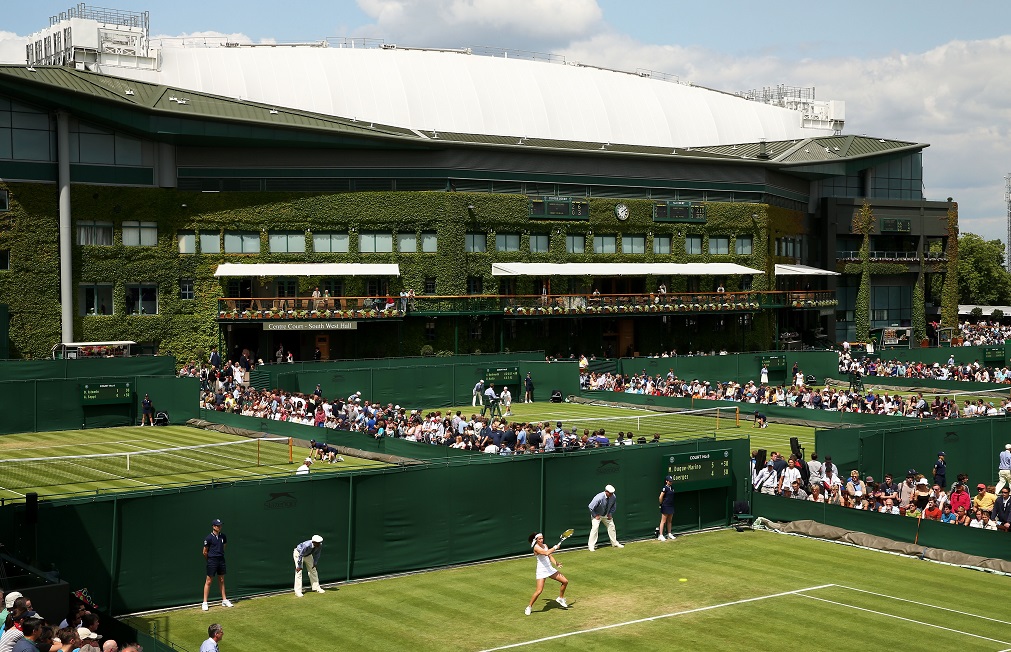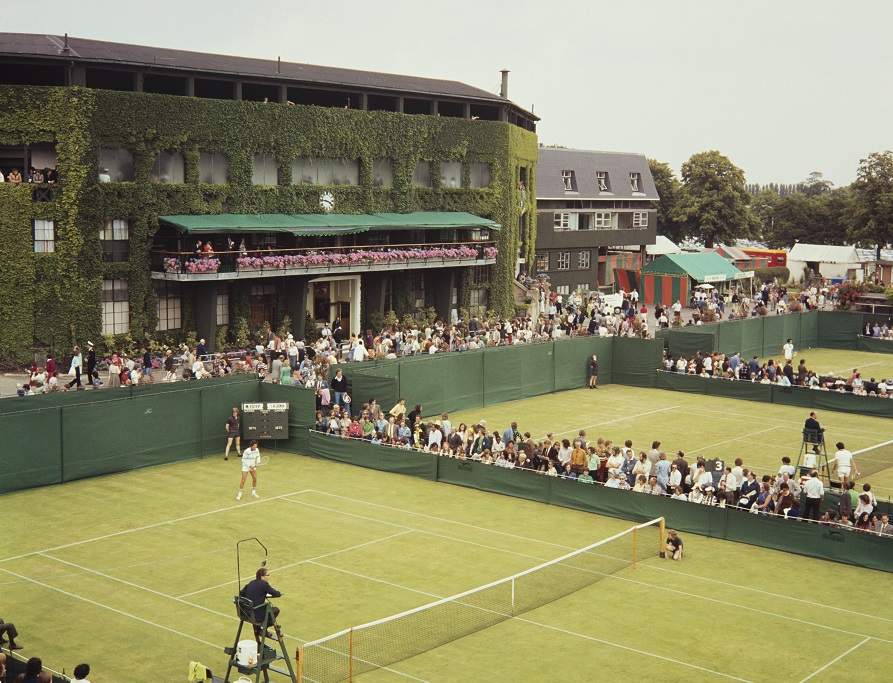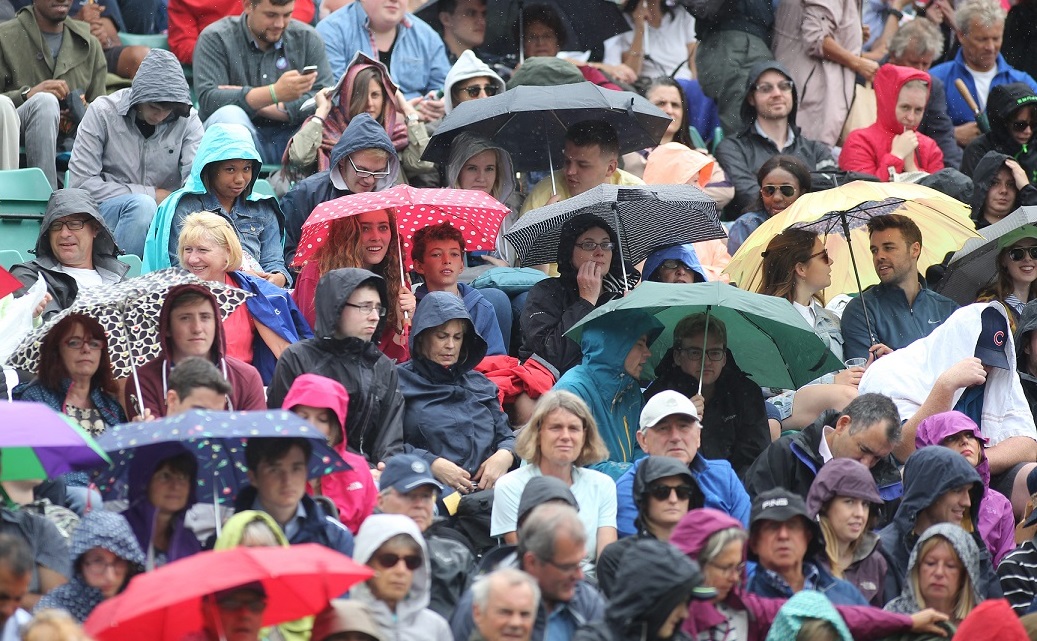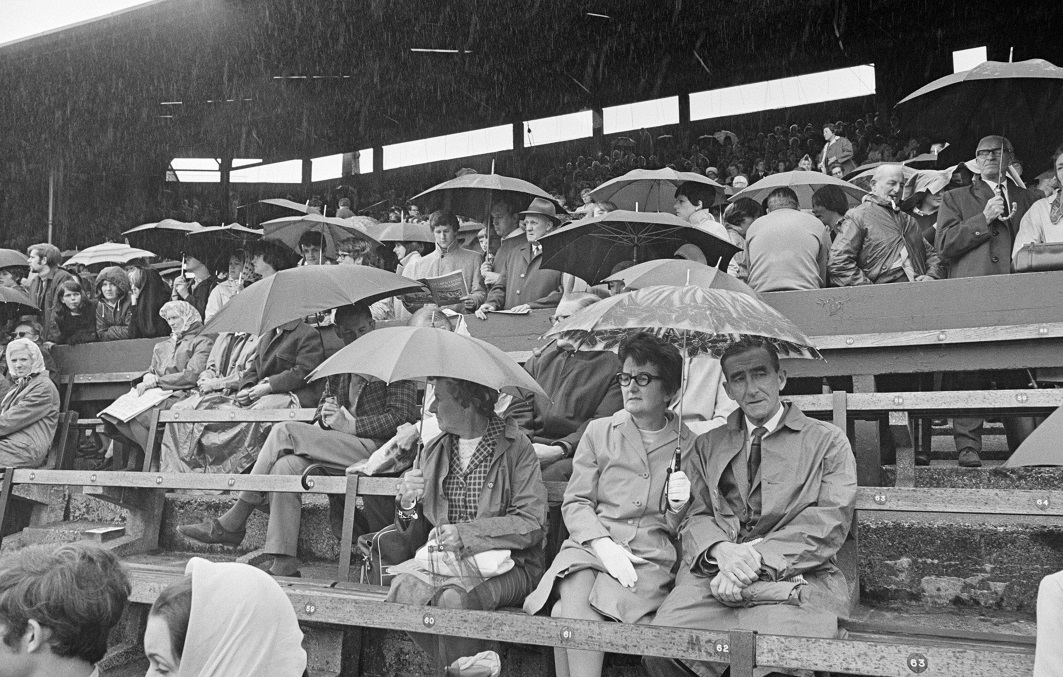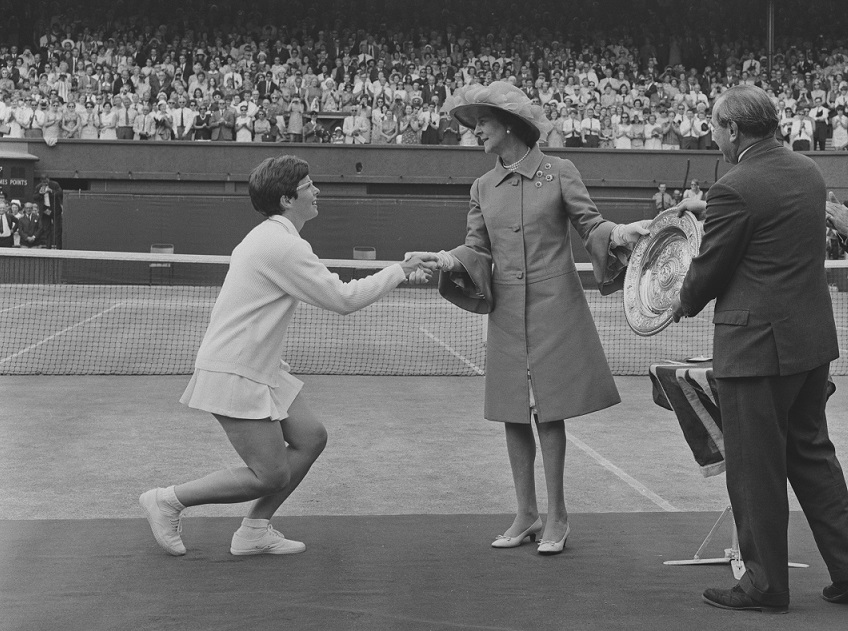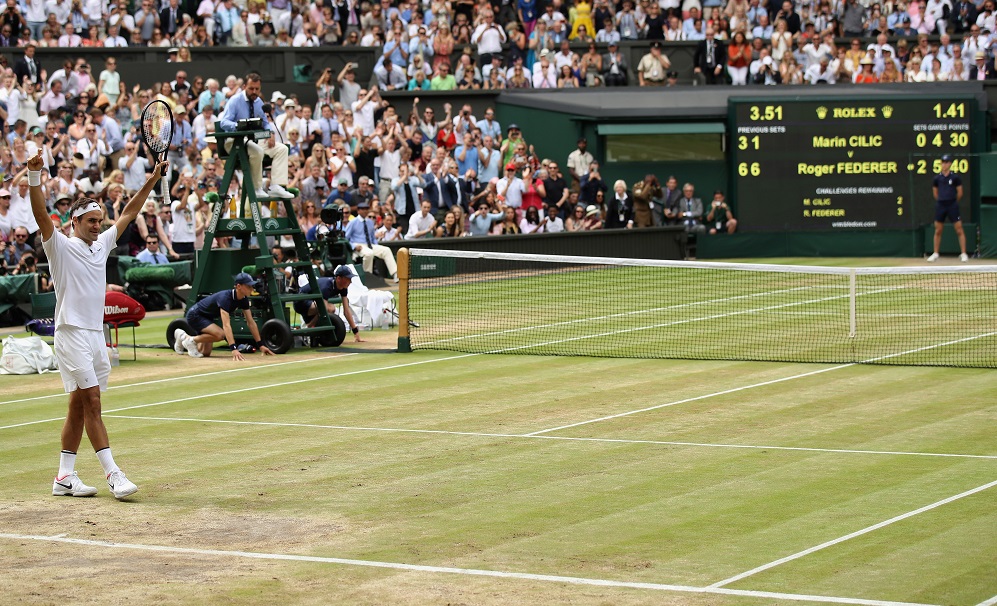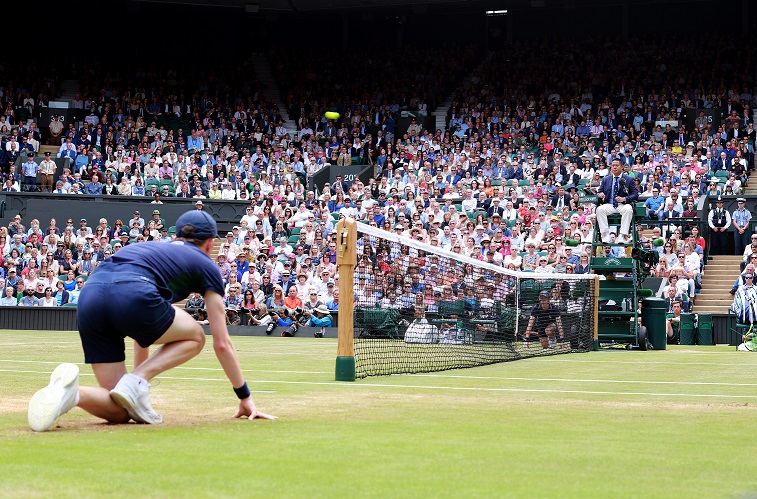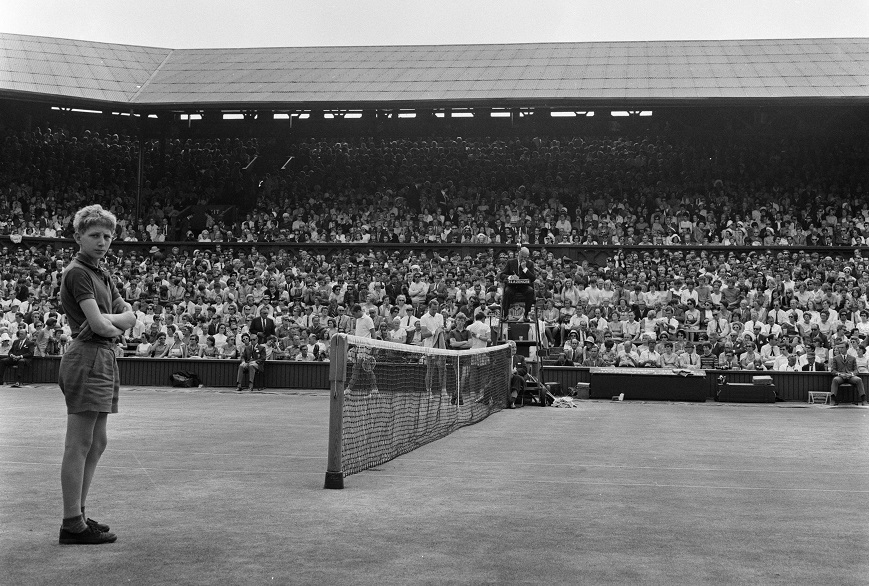Wimbledon 2018: How the Championships have changed since 1968
1968 was a year of revolution across the world with movements against the political and military elite taking place in a number of countries.
In the same year, tennis had its own revolution.
For the first time, professional players were allowed to compete in the Grand Slam tournaments – ushering in a new ‘Open era’ which marked the beginning of the modern game.
To mark the 50th anniversary, we take a visual and interactive look at how Wimbledon has evolved since 1968.
What led to the creation of the Open era?
Up until 1968 tennis was divided into professional and amateur circuits, meaning those paid to play were barred from competing in the Grand Slam tournaments.
However, it was widely known amateur players were being given clandestine payments at other tournaments – leading to it being dubbed as “shamateurism”.
“They bargain for – and receive – exorbitant expenses to compete at many tournaments,” Derek Penman, a Lawn Tennis Association councillor, said at the body’s AGM in 1967.
“We must take action on our own account to make the game honest.”
That action came in the form of the All England Club – whose chairman Herman David first proposed reform in 1959 and saw it rejected – teaming up with the LTA to finally convince members of the International Tennis Federation to vote in favour of allowing professionals to play alongside the amateurs.
“The move is made because the English are tired of the hypocrisy in the sport, the shamateurism that plagues high-class tennis,” added Penman.
The Open era, which led to the increased professionalism and greater riches, was born.
Converting these earnings into modern-day money following the decimalisation of UK currency in 1971, and taking into account inflation, the 1968 men’s champion, Rod Laver, received the equivalent of around £30,000.
Billie Jean King, who won the ladies’ singles that year, won the equivalent of £11,000.
King, a 12-time Grand Slam singles champion, pioneered and fought for gender equality in tennis, eventually helping achieve another breakthrough: equal pay at the Grand Slams.
In 2007, Wimbledon offered women and men equal prize money for the first time, sums which have continued to rise at SW19.
Still ‘Centre’ of the tennis world
In 1968, Centre Court was one of sport’s most iconic venues. Fifty years later, it is still.
While the dimensions of the patch of grass have barely altered, plenty around it has changed.
The court capacity has been expanded by more than 5,000 since 1968, with the biggest redevelopment the addition of the retractable roof in 2009.
While the new roof also meant modifications to the stands, it did not mean the end for Centre Court’s green masonry or seating.
Nor was it the end of the iconic creeper covering the wall of the main entrance.
“We had to strip off the old vines and replant from scratch,” Martyn Falconer, head gardener of the All England Club, says.
In 1968, Centre Court used to have a next-door neighbour: the old Court One.
It was attached to the west side of Centre before being replaced by a new 11,000-capacity court – north of Centre – in 1997.
Since 1968, four other show courts have been built – courts two, three, 12 and 18 – meaning the layout of the grounds has been transformed.
How the spectator experience has changed
While the All England Club has gradually been transformed over the years, the appetite to experience what many regard as the quintessential English sporting event has not diminished – despite the odd bit of rain…
More people than ever are arriving at SW19 over the Wimbledon fortnight….
While modern-day ticket prices are still not dissuading those keen to sample the experience…
Traditions remain…
The amount of prize money might have increased considerably, but the other main prize for a Wimbledon singles champion – the trophy and its presentation – has barely changed.
The men’s champion receives the silver gilt Challenge Cup, which was first presented in 1887, while the ladies’ champion receives the Venus Rosewater Dish – a silver salver first presented in 1886.
Like 50 years ago, the trophies are presented by the president of the All England Club – Princess Marina, Duchess of Kent in 1968, and now her son, Prince Edward, Duke of Kent.
There is another similarity between the images showing Billie Jean King and Garbine Muguruza receiving the ladies’ singles trophies: the white kit.
Since 1963, Wimbledon has insisted players must be dressed predominantly in white throughout, although the rule was clarified to ‘almost entirely white’ in 1995.
“Any competitor who appears on court dressed in a manner deemed unsuitable by the committee will be liable to be defaulted,” says the Wimbledon rulebook.
…but Wimbledon continues to grow globally
Tennis has become more global in terms of the two professional tours – ATP and WTA – holding more events all around the world.
While Wimbledon has seen an increase in the number of nations represented in the first-round draw, there was also a healthy spread across the globe in 1968…
The increase in the number of countries represented, coupled with transportation across the world becoming more viable, means there are now journalists from around 50 countries.
After the UK, which had around 350 journalists there in 2017, the country with the next largest representation was the United States (47).
That was followed by France, Italy, Japan, Germany, Switzerland and Spain, all with between 20-31 representatives.
How technology has changed
The umpire remains the one who administers the rules from their perch on the familiar extended chair.
However, the tools available to them are vastly different.
Computers are now used to score the match, while net-cord machines also alert them.
But the most notable change came with the introduction of the electronic review system.
Hawk-Eye, which allows players to challenge line calls, was implemented by Wimbledon in 2007 and is used on Centre Court, Court One, plus courts two, three, 12 and 18.
That also meant the scoreboards had to change.
While Centre Court and Court One had electric scoreboards from the 1920s, they have been regularly updated over the years with the current video boards being introduced in 2008.
In 1968, all the outside courts had manual scoreboards – operated by ball boys and girls – before electronic scoreboards became standard across the grounds in 2013.
Ball boys and girls
In 1968, there were fewer than 100 ball boys at Wimbledon.
They were provided by Shaftesbury Homes – a charity which supported young people in care – and all wore All England green and purple halved shirts and shorts.
With ball girls introduced in 1977, that figure has risen to around 250 children.
The ball boys and girls, who are picked from several London schools, now wear navy polo shirts with a green stripe down the side, and navy blue shorts.
Thanks to the All England Club for providing several of the archive images. More information about the history of Wimbledon is available at the club’s museum.
| Wimbledon 2018 on the BBC |
|---|
| Coverage: Extensive live coverage across television, radio and online |
- Live scores, schedule and results
- Alerts: Get tennis news sent to your phone


